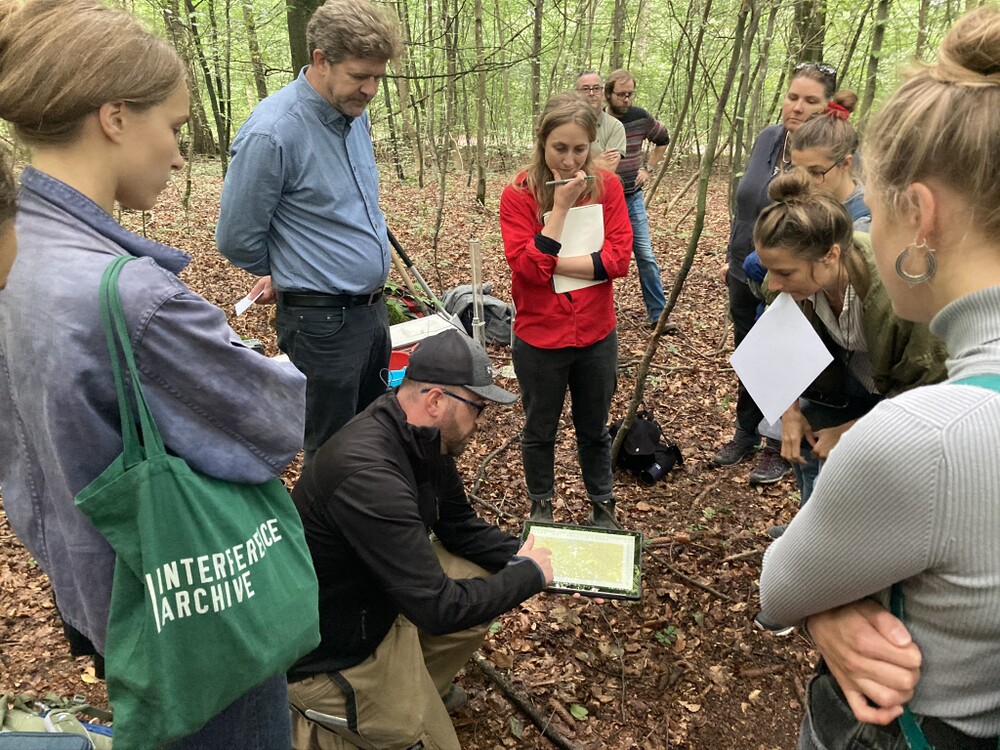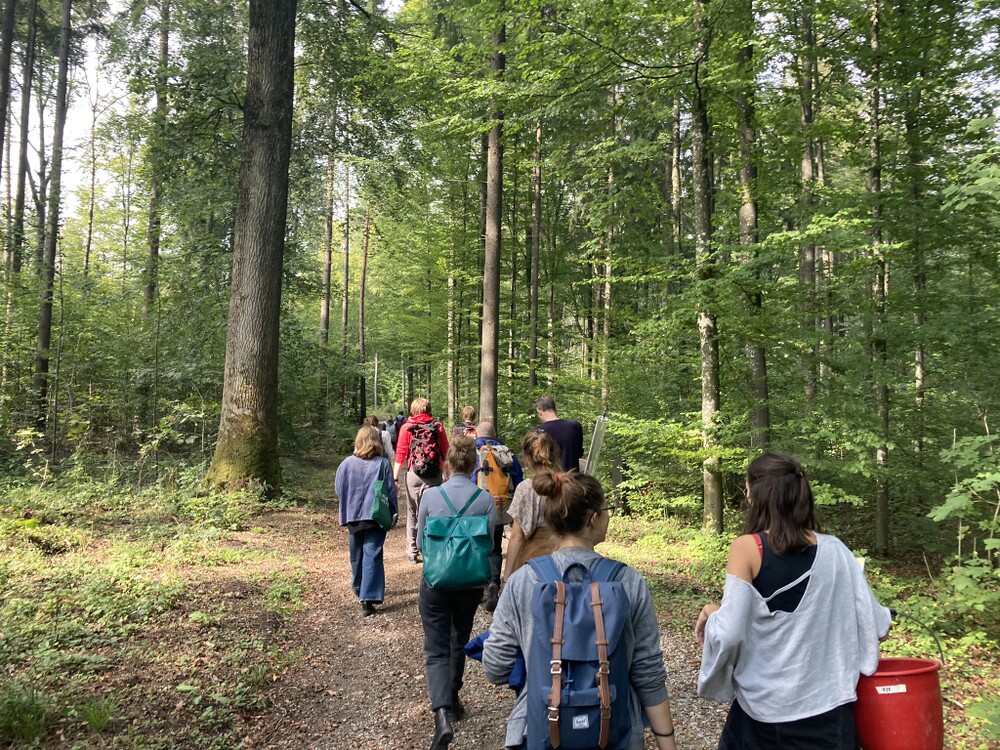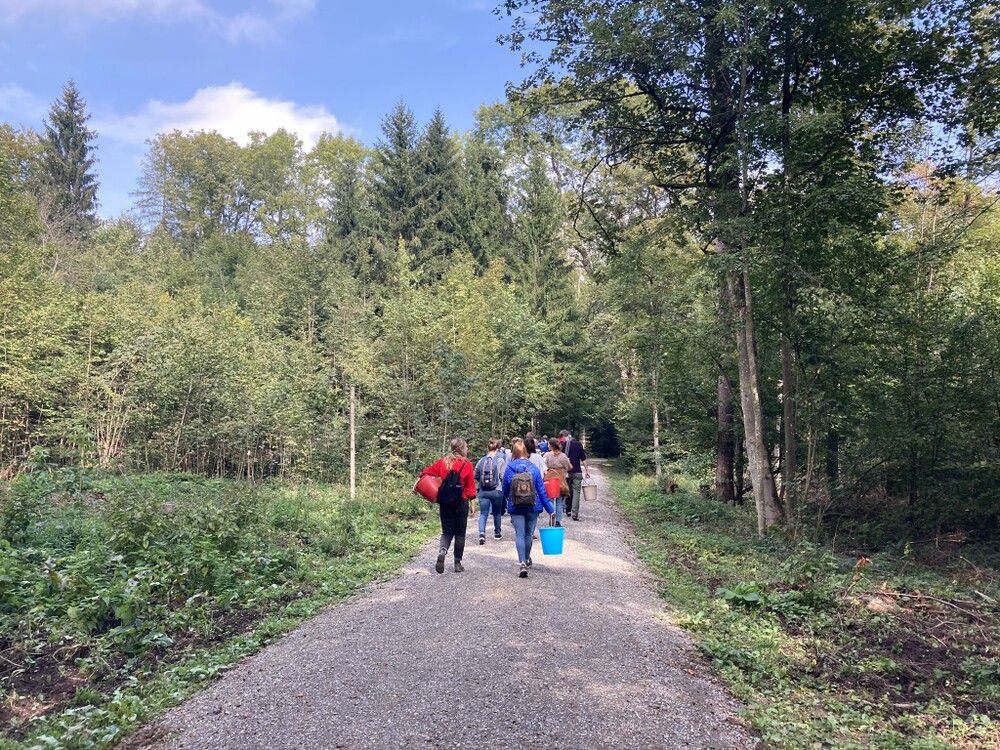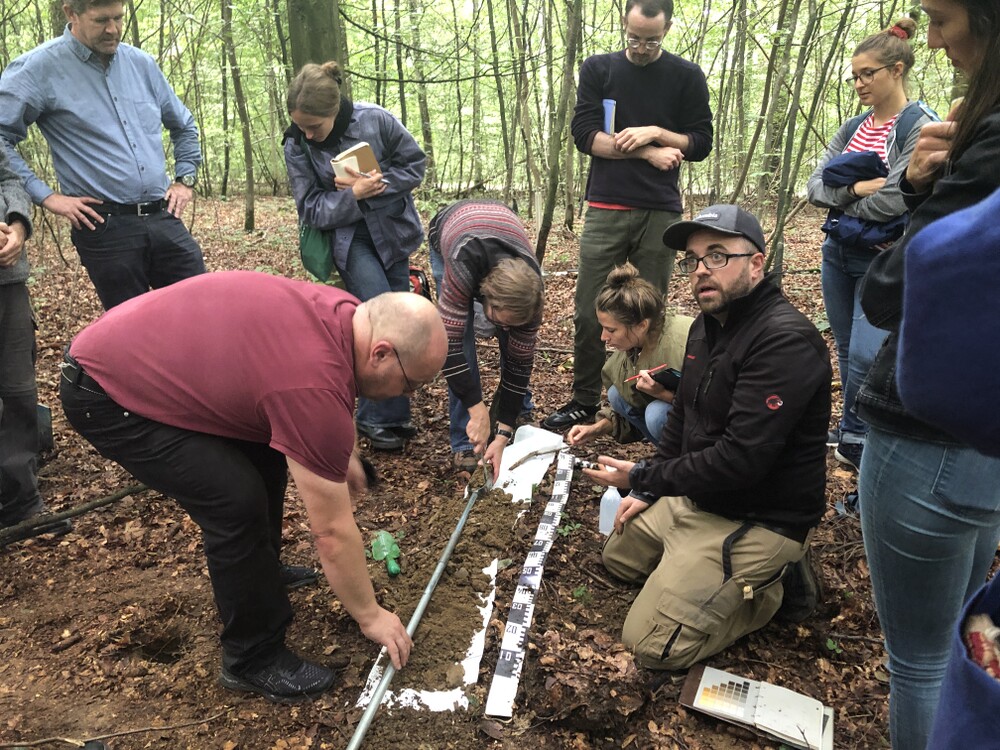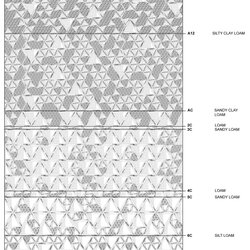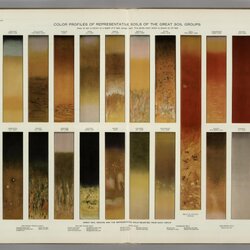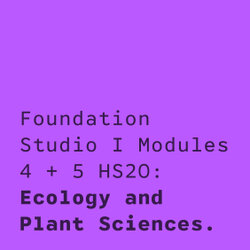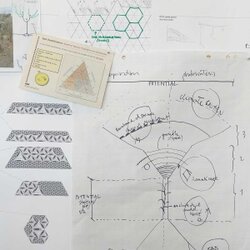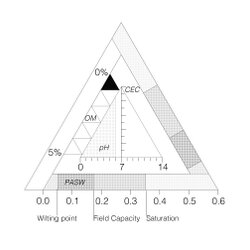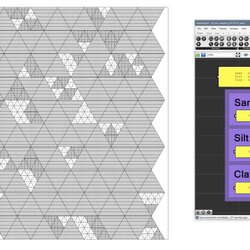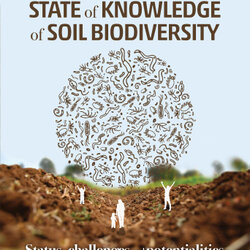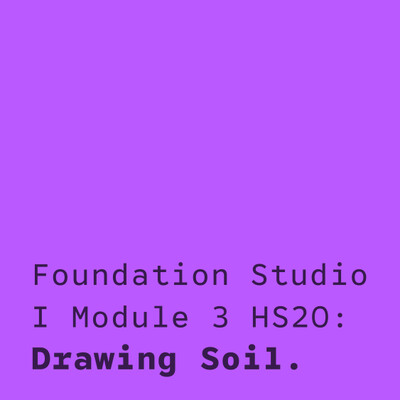
Foundation Studio I Module 3 HS20: Drawing Soil
Living systems such as soil, vegetation and hydrological networks form the backbone of the discipline of landscape architecture. These systems are not inert materials to be deployed at will but complex, living things that interrelate in ways that we can only grasp partially. As advocates for living systems, landscape architects must strive to understand them in their complexity. Ecology and related sciences provide an important lens through which to see the world, and it is essential to engage directly with ecological concepts in the sciences in order to be effective advocates and collaborators. But as generalists — not specialists — landscape architects must be able to synthesize disparate fields, isolated pieces of information and contradictions together in order to create a foundation on which to design.
“Essentially, all life depends on the soil ... There can be no life without soil and no soil without life; they have evolved together.”
This fundamental course provides an introduction to soil science through a series of lectures, exercises and excursions. The module covers the fundamentals of the classification of soils, soil-forming processes, physical and chemical soil properties, soil biology and ecology along with soil degradation and protection. Students will gain an understanding of the basic concepts of the discipline and be provided with resources that support future research in soil science.
The module will give students tools to understand temporal and physical scale, research methods, units of measurement, modes of representation and critical literature, all of which form the framework for the joint discourse between the field of landscape architecture and the sciences.
This course also introduces the idea of drawing as a methodology for landscape architects to integrate scientific concepts into design. Rigorous drawing languages allow designers to abstract the complexity of reality into documents that form the basis of design proposals. Students will develop graphic languages that integrate the topics introduced by the soil scientists into formats that open up new possibilities for design. How we record the landscape shapes how we design it. If we draw the soil as dead, static or empty, then we design accordingly. Instead, if the soil is represented and understood as a living and dynamic entity, then design proposals must adapt.
